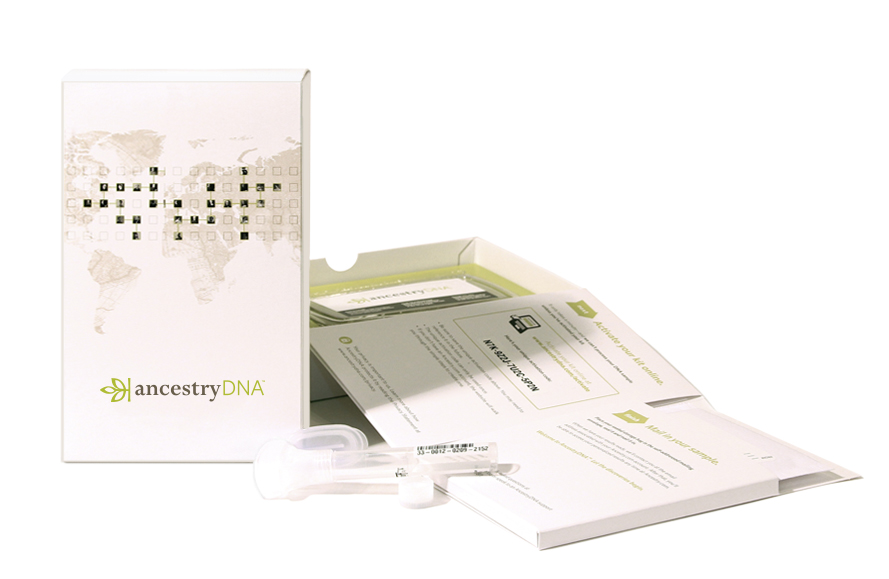A few weeks ago, I received the results of my Ancestry DNA test.
The experience of using the test and sending it in was pretty straightforward. Prepare to spit a lot if you’re going to do one; the amount of saliva required was more than I expected and it took awhile for me to collect enough. Otherwise it was painless, easy, and the instructions were simple to follow. And then? The wait. I gather I wasn’t the only person who got one of the tests for Christmas, and the lab was pretty busy keeping up with all our submissions. Even so, I received my results at the early end of the 6-8-week estimate, which was a nice surprise.
I’ve done a significant amount of family history research, so I wasn’t expecting any big surprises. I suspect lots of people say that and then discover something completely unexpected, but my results were almost exactly what I expected. Knowing going in that they likely would be. I wanted to do the test for two primary reasons: to confirm what I already knew and to potentially find more branches of my family tree.
The results not only backed up my research, but also confirmed that my Scots are mostly Celts who more-or-less managed to stay out of the way of other raiding peoples over the centuries. This meant that the ancient history part of my genetic mix called a huge percentage of my heritage “Irish”, which it was, I suppose, way back when before the wave of Celt migration across the sea to Scotland. The more modern genetic groups narrowed that down to Scots. So yes, to all those (many) people who’ve ever asked me if I’m Irish. And also no. Not for a very, very long time.
So far, the test has been less helpful in finding new connections. Two of the cousins I already know turned out to have done the tests, and showed up as the closest relatives in my matches. And currently, there are well over sixty potential cousins on my list, with confidence in the connections ranging from extremely high to low. So the potential is there. But a significant number of those people don’t have family trees attached to their DNA accounts, and, so far, none of the ones I’ve contacted have replied. This makes it a different kind of group overall than the typical Ancestry membership. In my experience, people doing family tree research there are eager to connect with potential relatives and are generally quick to reply to messages.
I expect that as time goes by, I’ll only learn more. Already the information available has grown since I first saw my results, and the number of cousins also creeps up slowly as more people take the test.
As someone passionate about family history, it was really interesting to me to delve into this scientific side of it, so well worth the investment, even if I’d had to buy it myself.
